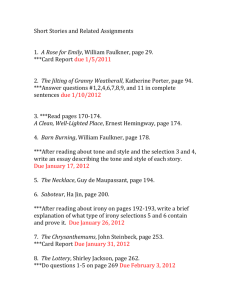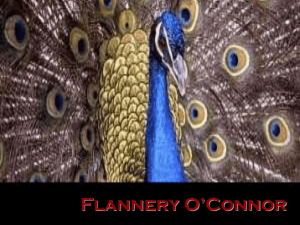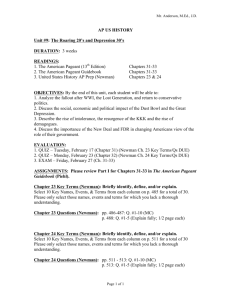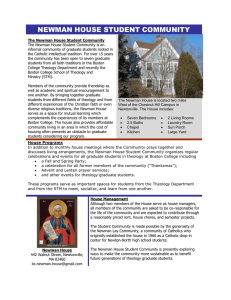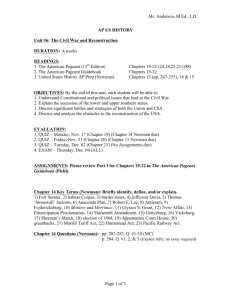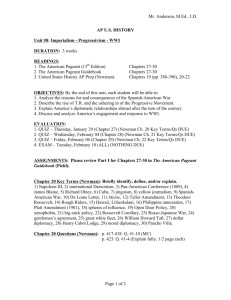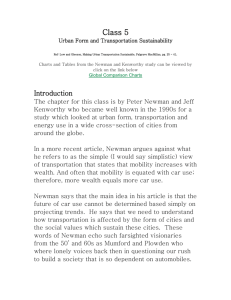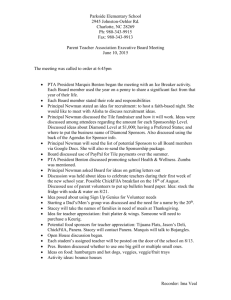View/Open
advertisement
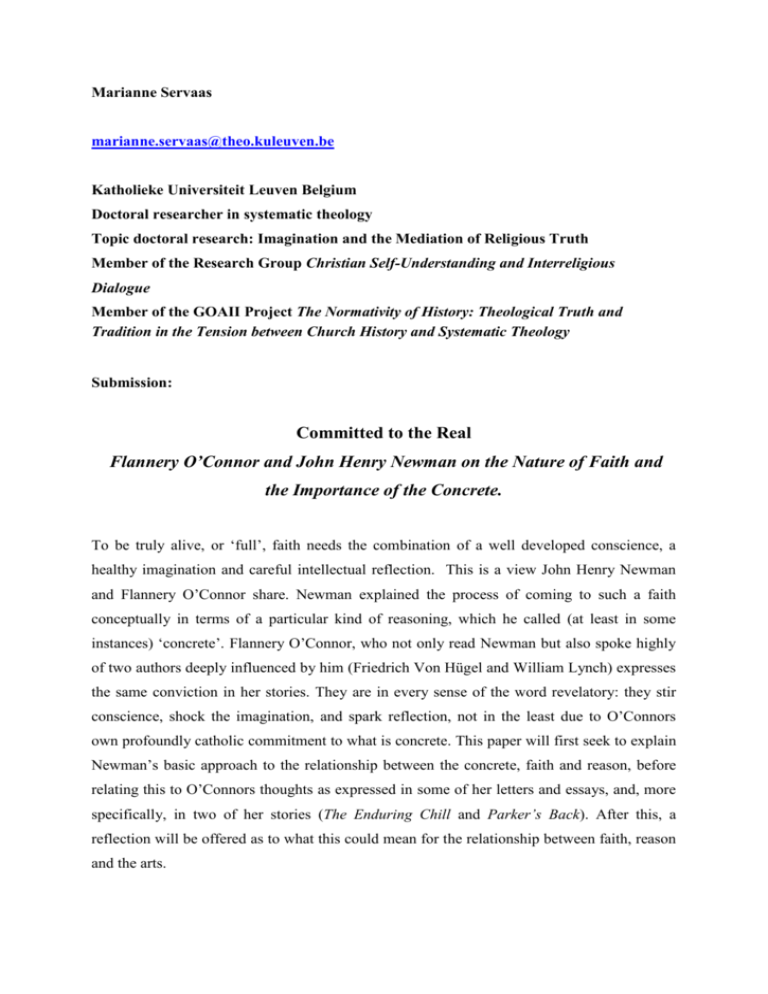
Marianne Servaas marianne.servaas@theo.kuleuven.be Katholieke Universiteit Leuven Belgium Doctoral researcher in systematic theology Topic doctoral research: Imagination and the Mediation of Religious Truth Member of the Research Group Christian Self-Understanding and Interreligious Dialogue Member of the GOAII Project The Normativity of History: Theological Truth and Tradition in the Tension between Church History and Systematic Theology Submission: Committed to the Real Flannery O’Connor and John Henry Newman on the Nature of Faith and the Importance of the Concrete. To be truly alive, or ‘full’, faith needs the combination of a well developed conscience, a healthy imagination and careful intellectual reflection. This is a view John Henry Newman and Flannery O’Connor share. Newman explained the process of coming to such a faith conceptually in terms of a particular kind of reasoning, which he called (at least in some instances) ‘concrete’. Flannery O’Connor, who not only read Newman but also spoke highly of two authors deeply influenced by him (Friedrich Von Hügel and William Lynch) expresses the same conviction in her stories. They are in every sense of the word revelatory: they stir conscience, shock the imagination, and spark reflection, not in the least due to O’Connors own profoundly catholic commitment to what is concrete. This paper will first seek to explain Newman’s basic approach to the relationship between the concrete, faith and reason, before relating this to O’Connors thoughts as expressed in some of her letters and essays, and, more specifically, in two of her stories (The Enduring Chill and Parker’s Back). After this, a reflection will be offered as to what this could mean for the relationship between faith, reason and the arts.
